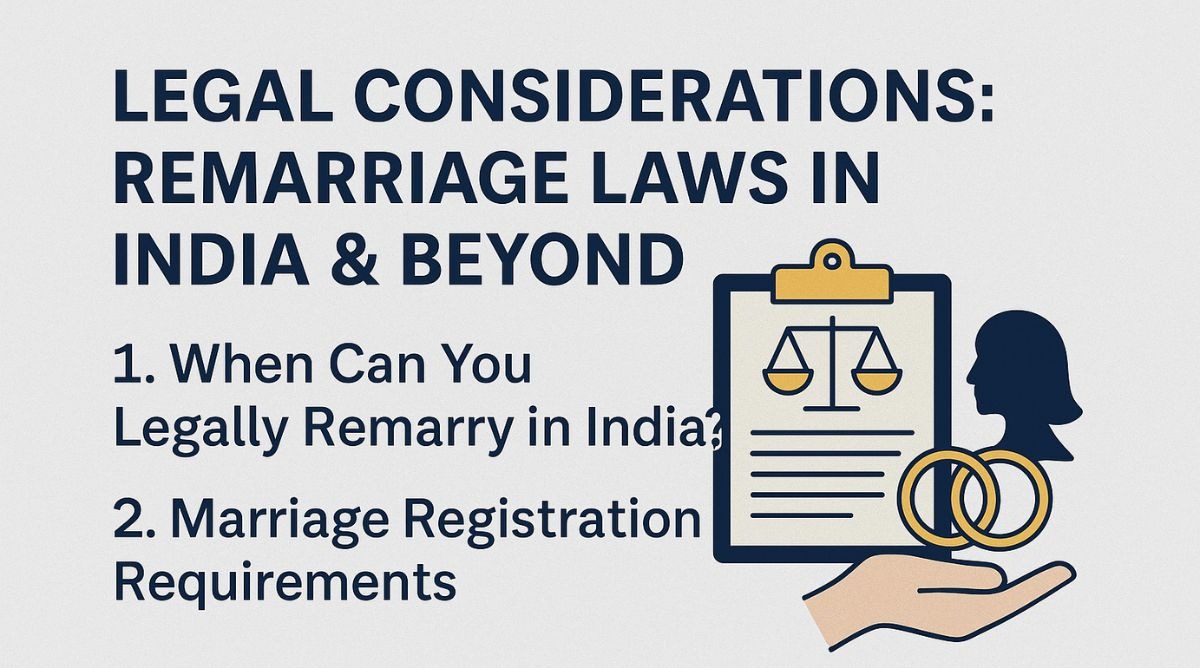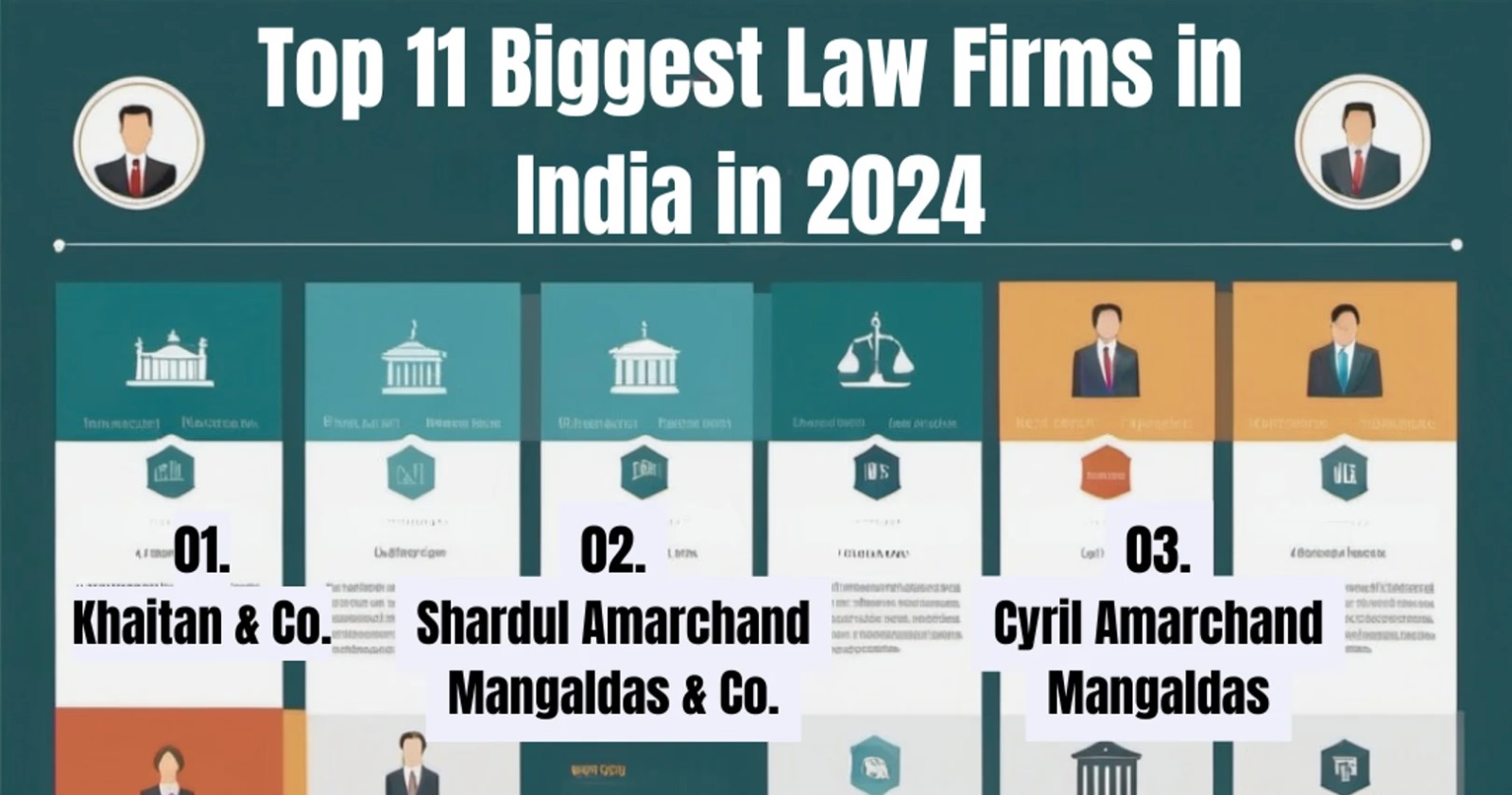@JUDGMENTTAG-ORDER
P.V. Dixit, C.J.
By this application under Article 226 of the Constitution of India, the Petitioners challenge the validity of the imposition of a tax by the Gram Panchayat of Khirkiya on persons using sites on land under its control, and seek a writ of certiorari to quash the resolutions passed by the Gram Panchayat on 23rd January 1956, 28th August 1956 and 13th February 1957 leading to the imposition of the tax, as also a writ in the nature of mandamus restraining the Gram Panchayat from recovering the tax imposed from the Petitioners.
The Gram Panchayat is a body constituted under the Central Provinces and Berar Panchayats Act 1946 and the Petitioners occupy structures of their own in Khirkiya in which they carry on their business or profession. u/s 42(1) of the Act, a Gram Panchayat is empowered to impose with the approval of the Janapada Sabha inter alia "fees on persons exposing goods for sale in any market or place belonging to or under the control of the Gram Panchayat or for the use of any building or structure therein". The procedure for the imposition of a tax is prescribed in Chapter-XXVII of the Central Provinces and Berar Panchayat Rules, 1948. Briefly stated, the procedure is that the Gram Panchayat is first required to pass a resolution to impose a tax. Then a proclamation containing the purport of the resolution for the information of the persons affected by the taxation proposal and inviting their objections before a date to be proclaimed by beat of drum or by written notices affixed at some conspicuous place in the Gram Panchayat area or has to be issued by both. The Gram Panchayat is then enjoined to reconsider within a fortnight from the proclaimed date the resolution along with the objections, if any. If it decides to impose the tax, it has to forward the proposal together with the objections, if any, to the Janapada authority for approval. If the Janapada Sabha materially modifies the proposal, the purport of the modified proposal has again to be proclaimed for objections in the manner indicated above. The Janapada authority, if it approves the proposal, is required to specify a date from which the tax will come into force and the tax becomes effective from the date specified by the Janapada authority. After the imposition of the tax, the Gram Panchayat has to prepare every year in the first fortnight of the month of October a schedule of rates or list of Assessees with the actual amount of assessment, as the case may be. The schedule of rates fixed and the assessment made has then to be publicly announced in the Gram Panchayat area and the assessment list shown to any person affected by it who desires to see it. The Gram Panchayat is then required to hear any objection that may be put forward against the assessment within fifteen days from the date of the announcement of the assessment when the objections are disposed of the final assessment list has to be signed by the Sarpanch and two Panchas before the 15th November and a copy of the list has then to be republished locally. Any person dissatisfied with the assessment has a right of appeal to the Deputy Commissioner within thirty days from the date of the republication of the assessment list. The assessment list revised in the light of the decision in appeal has then to be publicly announced by beat of drum in the Gram Panchayat area and published by affixing a copy of the assessment list on the notice-board of the Gram Panchayat not later than the 15th February preceding the year for which the assessment is made.
In the instant case, what the Gram Panchayat did was to resolve on 12th May 1955 to impose inter alia the impugned tax u/s 42(1) (b) for the year 1955-56. The resolution only contained a decision to impose the tax and did not give any particular whatsoever of the amount or rate of tax to be imposed, the class of persons or property proposed to be taxed and the system of assessment of the tax. This resolution was reaffirmed on 23rd January 1956. It was proclaimed by beat of drum and by written notices affixed on the notice-board of the Gram Panchayat inviting objections from persons dissatisfied with the proposed tax. At a meeting held on 13th February 1956, the Gram Panchayat considered the objections received and reaffirmed its decision to impose the tax. The "proposal" was then forwarded to the Janapada Sabha, Harda, on 18th February 1956 for sanction. On 7th August 1956 the Janapada Sabha accorded sanction to the imposition of the tax specifying 1st October 1956 as the date from which the tax was to come into force. On receipt of the sanction, the Gram Panchayat imposed the tax on 28th August 1956. A schedule of rates and a list of Assessees was then prepared and published on 1st September 1956. On 1st October 1956 the Gram Panchayat considered the objections received from the various contractors and revised the list. Thereafter on 5th, October 1956, the final list of assessment was prepared.
The argument put forward by Shri Sen, Learned Counsel for the Petitioners, was that in imposing the tax the Gram Panchayat did not comply with the procedure prescribed in Chapter XXVII of the Panchayat Rules, 1948 in that the resolution passed by the Gram Panchayat on 12th May 1955 and reaffirmed on 23rd January 1956 did not comply with the requirements of Rule 1 of Chapter XXVII as it did not fix the amount or rate of the proposed tax or indicate the class of persons proposed to be taxed and the system of assessment to be adopted; and that there was no proclamation of the purport of the resolution proposing the imposition of the tax inviting objections from persons affected thereby and no opportunity was given to such persons to submit their objections. It was also said that the requirements of rules 4, 5, 6(sic), 7 and 8 of Chapter XXVII were also not complied with inasmuch as there was no publication in the Gram Panchayat area of a schedule of rates or of a list of Assessees with the actual amount of assessment and no opportunity was given to persona affected by such list to submit their objections as against the assessment and thus the Petitioners were deprived of their right of appeal to the Deputy Commissioner, and there was also no publication of the final list as required by Rule 8.
In our opinion, the contention of the Learned Counsel for the Petitioners must be given effect to. It is clear from rules 1 and 2 of Chapter XXVII that the resolution of the Gram Panchayat contemplated by Rule 1 is not merely one containing the bare decision of the Gram Panchayat to impose the tax. The resolution must specify the amount or rate of tax and indicate the class of persons or property proposed to be taxed and the principle of assessment. Rule I, when it speaks proclaiming "the purport of the resolution for information of the persons affected by such proposal" necessarily implies that the resolution must contain something more than the mere decision to impose the tax. The expression "purport of the resolution" becomes meaningless if the resolution is to embody only the bare decision to impose the tax. That a resolution under Rule 1 must contain the above details of the proposed tax is also clear from the provisions about inviting the objections to the tax proposal from persons affected by the proposal and about the modification of the resolution by the Janapada authority. Clearly if a tax proposal does not contain the necessary details about the tax, the persons likely to be affected by the tax will not be in a position to lodge their objections to the tax and the Janapada authority will not also be in a position to suggest any modifications. There is nothing to suggest in rules 1 and 2 that the only objection that the persons affected by the proposed tax can submit is whether they approve or disapprove of the decision to impose the tax, and that the Janapada authority has only the power to approve or disapprove the bare proposal the right given to the persons affected by the tax proposal to submit their objections and the power given to the Janapada authority to make modifications therein necessarily implies that the tax proposal should contain the amount or the rate of the proposed tax, the class of persons proposed to be taxed and the method of assessment. For the valid imposition of a tax, the passing of such a resolution, complete in all details, by the Gram Panchayat is essential. In the absence of any such resolution, it cannot be said that there was a valid proposal under Rule 1 or a valid approval of the Janapada to the proposed tax involved in the resolution. In this connection, it would be pertinent to refer to the decision of the Privy Council in Firm Radha Kishan Jaikiskan v. Municipal Committee, Khandwa (1) where, with reference to Sub-sections (1) and (2) of Section 39 of the C. P. Municipalities Act, 1903 dealing with the imposition of taxes by a municipality, the Privy Council observed that the resolution contemplated by Sub-section (1) must settle the amount or rate of the proposed tax. No doubt, Sub-section (2) of Section 39 expressly provided that where a resolution has been passed by the Committee, a notice shall be published in the prescribed manner defining the class of persons or description of the property proposed to be taxed, the amount or rate of the tax to be imposed, and the system of assessment to be adopted. There is no such express provision in Chapter XXVII of the Panchayat Rules, 1948. But as indicated above, it is implicit in rules 1 and 2 that the resolution of a Gram Panchayat imposing any tax must contain these details. No such resolution was ever passed by the Gram Panchayat of Khirkiya. The resolution that was passed on 12th May 1955 and subsequently affirmed and published by the Gram Panchayat and approved by the Janapada authority only contained the bare decision of the Gram Panchayat to impose the tax. Such a resolution not being in conformity with Rule 1, the validity of the tax imposed by the Gram Panchayat cannot be sustained. When the Legislature prescribes a certain procedure for imposition of taxes, that procedure must be strictly followed, and if the validity of a tax is challenged, it is for the authority imposing the tax to show that the procedure was followed. In the instant case, it is clear from the return filed by the Gram Panchayat that the resolution passed by it did not at all conform to the essential requirements of Rule 1. On this short ground, it must be held that the Gram Panchayat did not validly impose the impugned tax. The Gram Panchayat is, therefore, not entitled to recover the tax imposed from the Petitioners.
In consequence, the tax imposed on the Petitioners by the Gram Panchayat as a result of their resolutions dated 23rd January 1956, 28th August 1956 and 13th February 1957 in respect of the sites used by them for carrying on their business or profession is declared to be invalid and the Gram Panchayat is restrained from recovering from the Petitioners the imposed tax. The Petitioners shall get costs of this petition from the Gram Panchayat. Counsel''s fee is fixed at Rs. 75.

